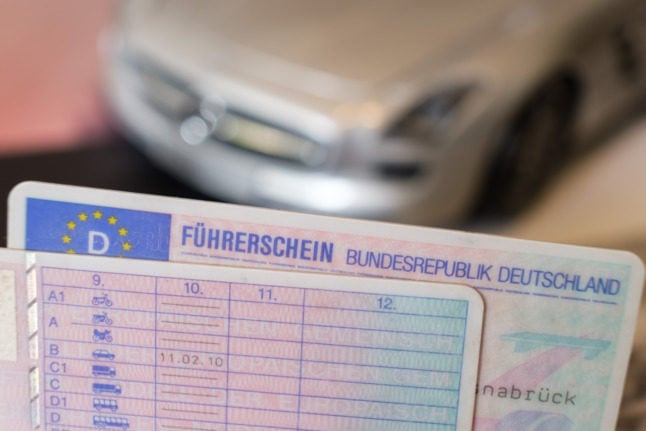P { margin-bottom: 0.08in; }
The upper regional court in Hamm, North Rhine-Westphalia, had to decide on the case of a 22-year-old man who made a phone call while stopped at a traffic light in Dortmund.
After initially being convicted by a local court and charged a €40 fine, the man appealed to the higher court.
He said that because his motor had stopped due to the car's ECO function he was not breaking the law by using the phone.
“The law does not differentiate between a motor that's been switched of automatically or one that's been switched off manually,” a court spokesman said.
“Making a phone call is allowed when the motor is switched off automatically, even when it can be restarted with the accelerator.”
The law states that drivers must have both hands available for driving while the motor is running.



 Please whitelist us to continue reading.
Please whitelist us to continue reading.
Member comments